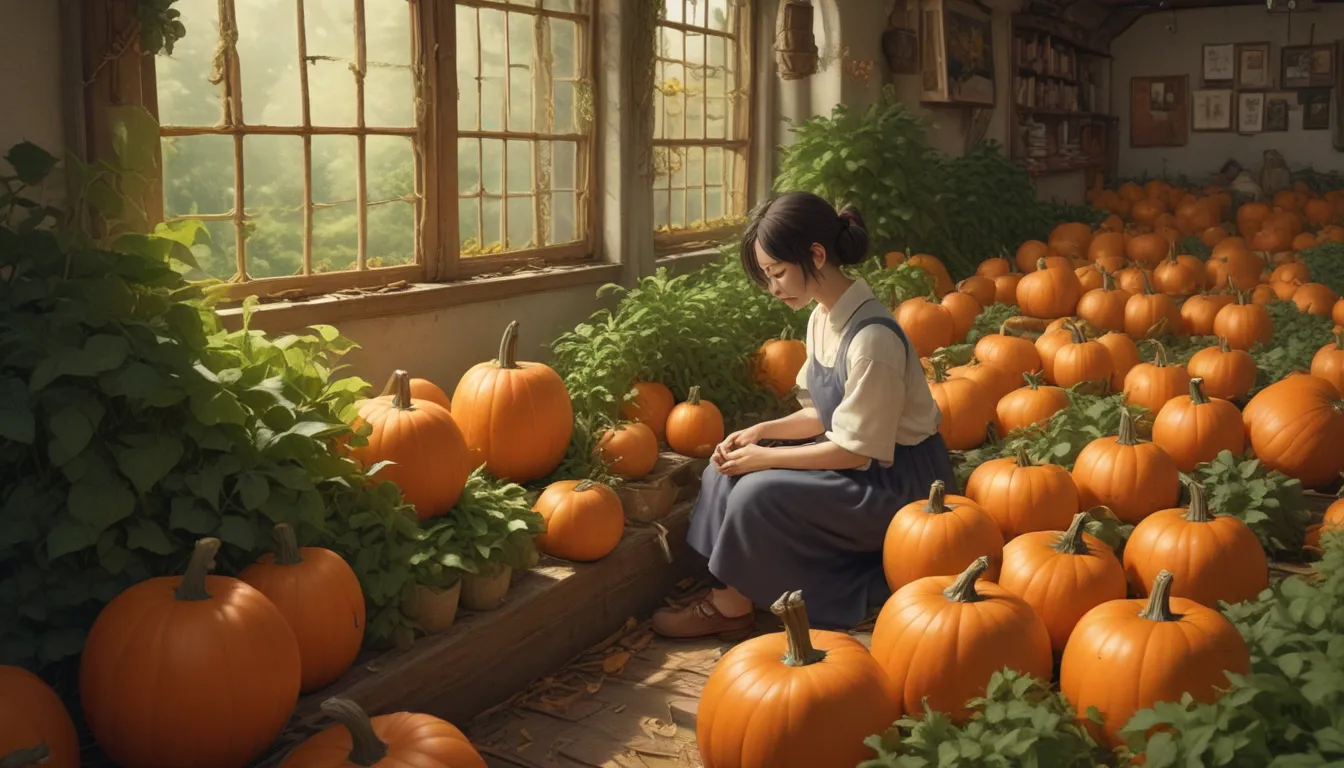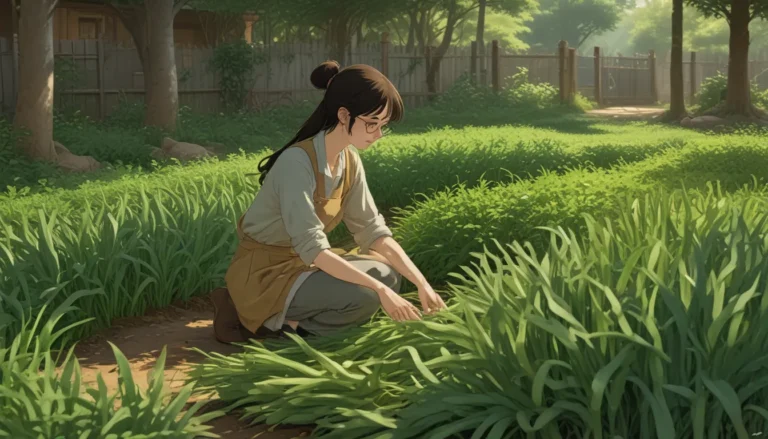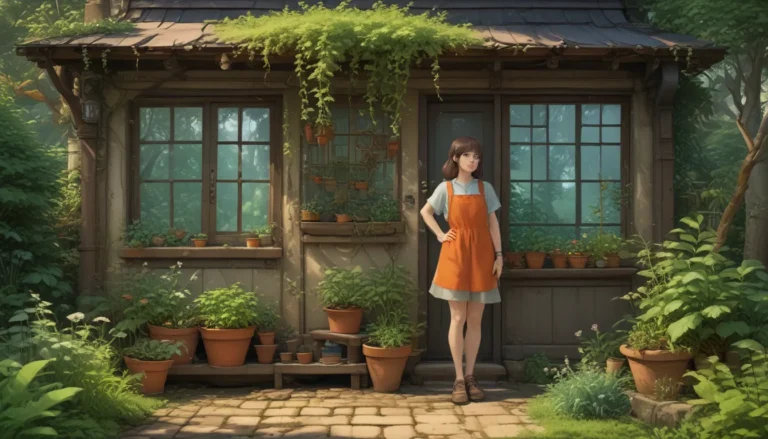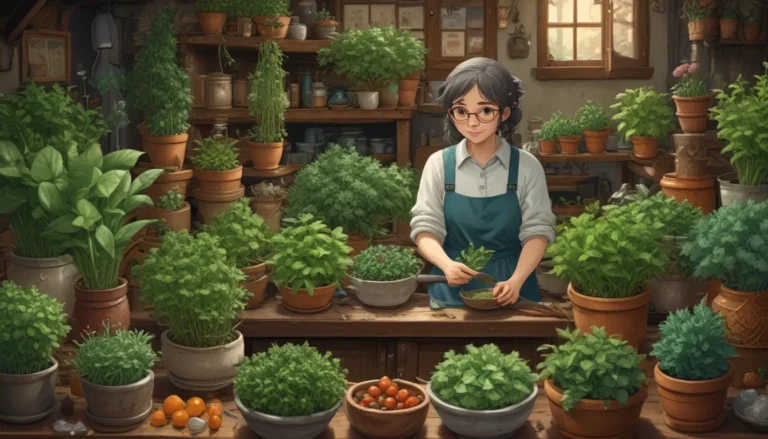Mastering the Art of Hand-Pollinating Your Beloved Pumpkin Plants

Pumpkins, the quintessential symbol of autumn and a favorite for many gardeners, are a joy to grow. However, as my experience taught me, ensuring successful pollination can sometimes be a challenge. When my indoor-grown pumpkin plants began to flower prematurely, I realized the importance of pollination for a fruitful harvest.
In this comprehensive guide, we will delve into the fascinating world of pumpkin pollination, exploring the intricate dance of the male and female flowers, and uncovering the secrets of hand-pollination. Whether you are a seasoned gardener or a novice enthusiast, this article will equip you with the knowledge and techniques to ensure a bountiful pumpkin harvest.
Unveiling the Mysteries of Pumpkins Pollination
Before we embark on our journey of hand-pollination, it is essential to understand the fundamentals of pumpkin pollination. Pumpkins, along with other members of the Cucurbit family, rely on pollinators such as bees for the transfer of pollen from male to female flowers.
Typically, male flowers, known as staminate blooms, appear about 50-55 days after seed germination. In contrast, female flowers, or pistillate blooms, emerge slightly later and contain the ovary – the precursor to the fruit. Pumpkins are monoecious plants, meaning they have separate male and female flowers on the same plant.
For successful pollination to occur, the pollen from the male flower’s stamen must reach every part of the female flower’s pistil. In outdoor settings, bees play a crucial role in this process by facilitating the transfer of pollen between flowers. However, if you are growing pumpkins indoors or facing a lack of bee activity, hand-pollination becomes necessary.
A Tender Love Story: The Intricacies of Pumpkin Pollination
In a romantic twist of fate, my ‘Jack be Little’ plant showcased a rare display of affection between its blooms. Before I had fully grasped the intricacies of pumpkin pollination, I discovered a male flower and a female flower embracing in what appeared to be a spontaneous act of pollination. This heartwarming incident highlighted the innate ability of plants to find creative solutions in the absence of natural pollinators.
While these serendipitous encounters are a delight to witness, mastering the art of hand-pollination provides a reliable method to ensure successful fruit development. By following a few simple steps, you can take control of the pollination process and optimize your pumpkin harvest.
How to Hand-Pollinate Your Pumpkins with Ease
- Identify a Male Flower: Look for a male flower with fuzzy pollen-covered stamens.
- Prepare the Female Flower: Locate a female flower with a visible pistil.
- Transfer Pollen: Gently rub the male flower’s stamen over each segment of the female flower’s pistil to transfer the pollen.
- Alternative Method: Use a paintbrush or cotton swab to gather pollen from the male flower and carefully apply it to the female flower’s pistil.
- Secure the Pollinated Flower: Seal the female flower by gently pressing the petals together to prevent pollen loss.
By following these simple steps, you can effectively hand-pollinate your pumpkin plants and enhance the likelihood of a successful fruit set. Monitoring the male and female flowers for optimal pollination windows will increase your chances of achieving a robust harvest.
Embracing the Rewards of Hand-Pollination
Hand-pollinating your pumpkin plants opens up a world of possibilities, allowing you to actively participate in the growth process and witness the transformation from flower to fruit. By taking the initiative to pollinate your pumpkins, you can overcome environmental challenges and ensure a beautiful and delicious harvest.





